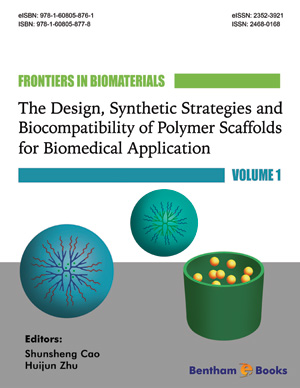Abstract
Nanocrystalline diamond films, which comprise the so called nanocrystalline diamond (NCD) and ultrananocrystalline diamond (UNCD), represent a class of biomaterials possessing outstanding mechanical, tribological, and electrical properties, which include high surface smoothness, high corrosion resistance, chemical inertness, superior electrochemical behavior, biocompatibility, and nontoxicity. These properties have positioned the nanocrystalline diamond films as an attractive class of materials for a range of therapeutic and diagnostic applications in the biomedical field. Consequently, the interaction of nanocrystalline diamond films with biomolecules and cells has been focus of intense research during the last years, with many studies focused in tailoring the properties of the films for the control of their biological performance. In this chapter, the current knowledge regarding the biological performance of nanocrystalline diamond films is reviewed from an application-specific perspective, covering topics such as enhancement of cellular adhesion, anti-fouling coatings, non-thrombogenic surfaces, micropatterning of cells and proteins, and immobilization of biomolecules for bioassays. In order to better understand the terminology used in the literature, which is related to the fabrication and surface functionalization of this class of materials, some of the most common approaches for synthesis and modification of CVD diamond films is introduced. Although many challenges still remain, it is envisioned that the application of this unique class of materials will significantly influence the next generation of biomedical devices.
Keywords: Antifouling surfaces, biocompatibility, bionanotechnology, biosensors, blood compatibility, cell adhesion, cell growth, cell-material interface, chemical vapor deposition, diamond films, differentiation, immobilization, implant, micropatterning, nanocrystalline diamond, protein adsorption, surface functionalization, synthetic diamonds, ultrananocrystalline diamond, wettability.












